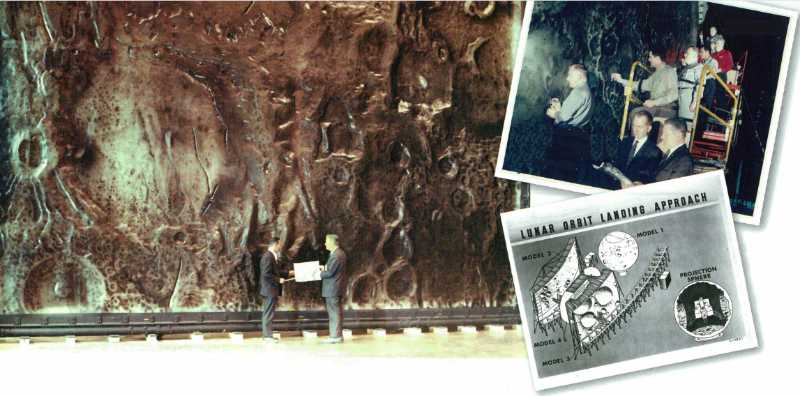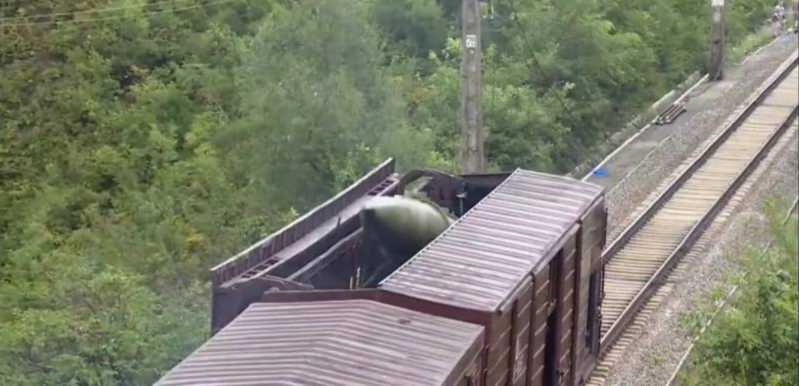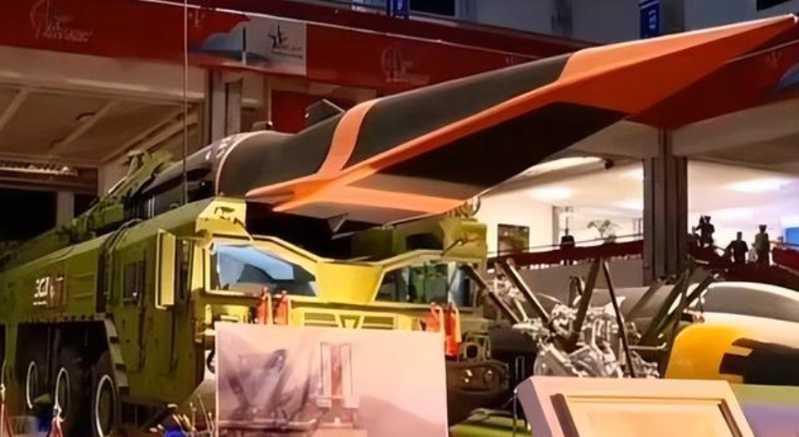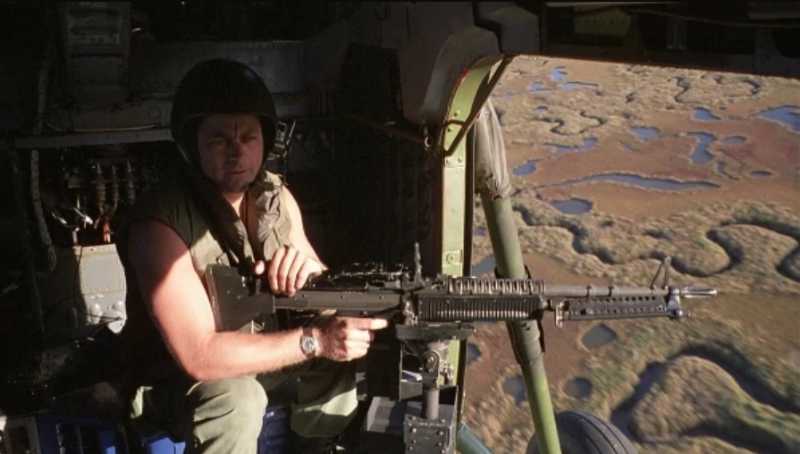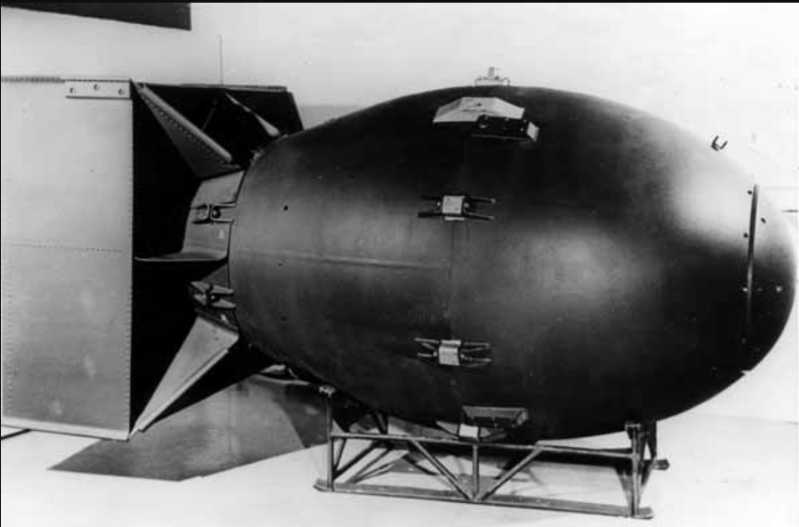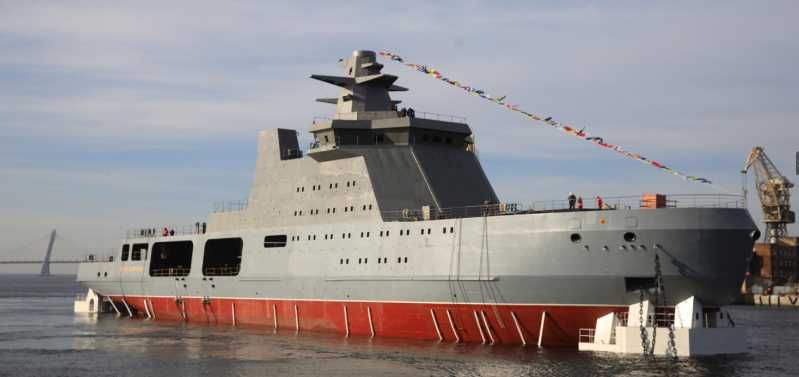Humanity’s enthusiasm for the moon has suddenly risen recently. With the twists and turns of the US Artemis moon landing program, the authenticity of the 1969 Apollo moon landing project has once again heated up. For a time, there were many discussions about "the Apollo moon landing was a lie". This year coincides with the 55th anniversary of the Apollo moon landing. This commemorative topic has its own traffic. In addition, more and more people have begun to question the United States. Since it was able to land on the moon in 1969, why is it still so delayed by a bunch of technical problems today? In this way, the authenticity of the Apollo moon landing has once again become a hot topic.
To sum up, the evidence put forward by the questioners is mostly concentrated on the fluttering of flags, the lack of starlight, the non-parallel projection and the unreasonable reflection. The explanation of such problems is not difficult to find on various science and technology media platforms. In terms of time, this authenticity debate has lasted for about 50 years. At the beginning, NASA was very serious in explaining it in a popular science way, because the earliest doubts had some "technical content", which also aroused NASA. scholars’ interest. Today, NASA seems to have run out of explanations, and more of its arguments are to emphasize the differences between the Artemis program and the Apollo program. At least in NASA’s view, it is useless to say more about this issue, and many science and technology media and scientists have taken over and continued to respond to these doubts in a scientific way.
Some skeptics have come up with an interesting claim that the Apollo moon landing was actually filmed in a studio by Stanley Kubrick, a famous film director hired by the US government. After all, this film master shocked countless audiences with the realistic outer space scenes created in the 1968 classic science fiction film "2001: A Space Odyssey". Can a "fake" moon landing documentary be filmed in a studio? I don’t understand film technology, so I can’t judge this question, but I do know that NASA did hire a lot of artists and set designers to create studio-like installations during the Apollo project, and the scale and momentum were not small. If you see the archival photos left over from that year, you will be shocked and don’t understand why NASA created those fake scenes. However, in fact, these are all part of the moon landing training support work, code-named LOLA, the full name is the "Lunar Orbit and Landing Approach/LOLA" simulator, which is specially used to study the problems related to lunar landing. It is a masterpiece of early large-scale real-life simulators.
LOLA requires the establishment of a realistic lunar surface visual system for astronauts, so that spacecraft operators can have the same visual experience as when they actually landed on the moon. For this purpose, NASA invited technical and artistic experts from the Aerial Mapping Information Center and the Army Map Bureau to use photos and brushes to create a set of 4 large-scale real-life models, with a total cost of 2 million US dollars. After completion, LOLA includes a "cockpit", a closed-circuit television system and 4 huge spherical lunar models. When the trainees sit in the cockpit, the TV display at the porthole position in the cabin will simulate the "lunar surface", and the picture is collected and extracted from the corresponding position of the real-life model through a TV camera. The camera will move along the track, passing over the lunar surface model with an internal lighting system. The operator in the cabin will judge his relative position to the lunar surface based on the image he sees, and adjust the aircraft accordingly. By switching the screen from model 1 to model 1, the trainees can simulate the entire landing process from the 300-kilometer lunar orbit to the 50-meter altitude.
Unfortunately, the LOLA simulation system, which was built at a huge cost, is magnificent, but it has not played a big role. The reason is that NASA found that the lunar orbit flight and descent process are not the most difficult problems that need simulation training. The real difficult challenge is the rendezvous and docking of the lunar module’s ascent stage with the command module in the lunar orbit after the lunar landing activities, and LOLA cannot provide this simulation training content. Therefore, after a few training sessions, the LOLA simulation system was dismantled shortly after the Apollo project was completed, just like the discarded set after filming.
Drawings and set design did help the Apollo project, but Kubrick probably never built a studio for the U.S. government that was realistic enough to deceive the whole world. Real interests may give rise to the desire to lie, but it is extremely difficult to turn a great project like the Apollo moon landing program into a big lie, to deceive the world, to deceive scientists around the world, and to deceive the Soviet Union, which was aggressively and rapidly advancing the manned moon landing project. It is possible to deceive for a while, but it is difficult to deceive for a lifetime.


